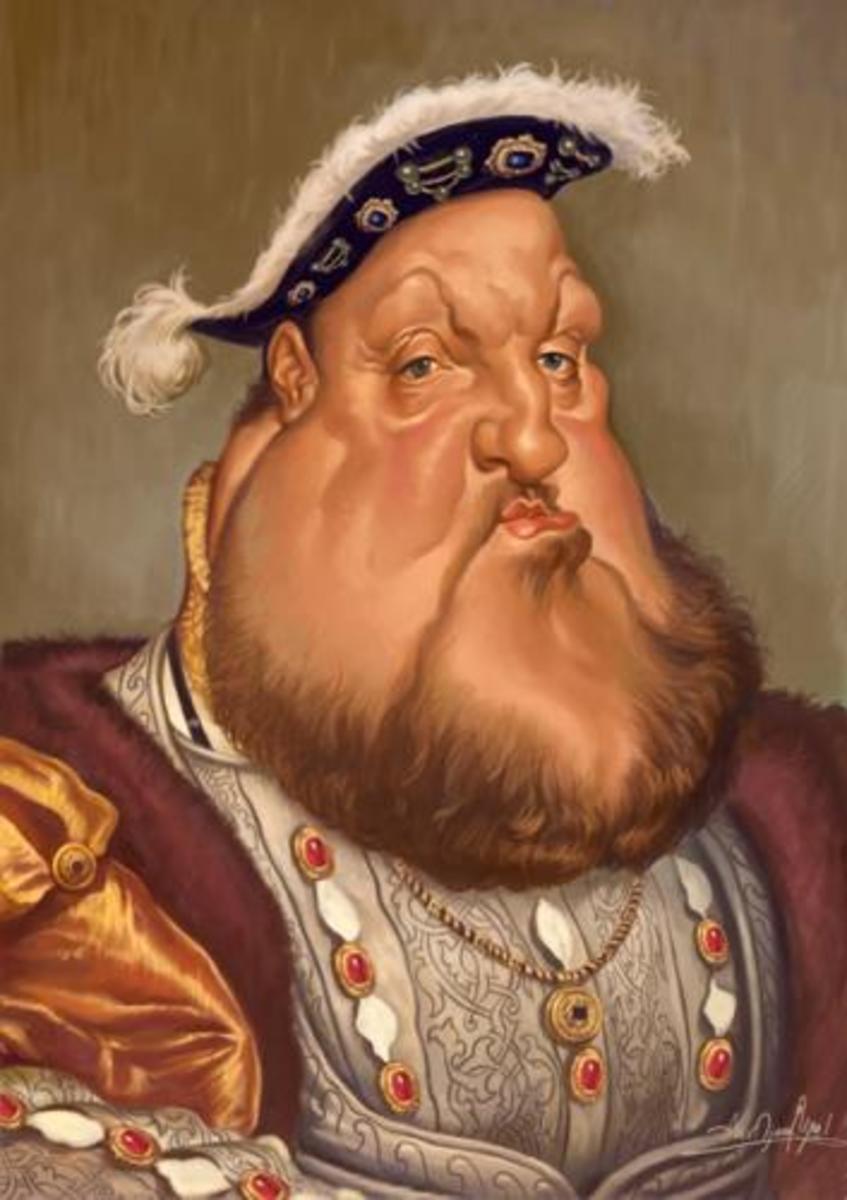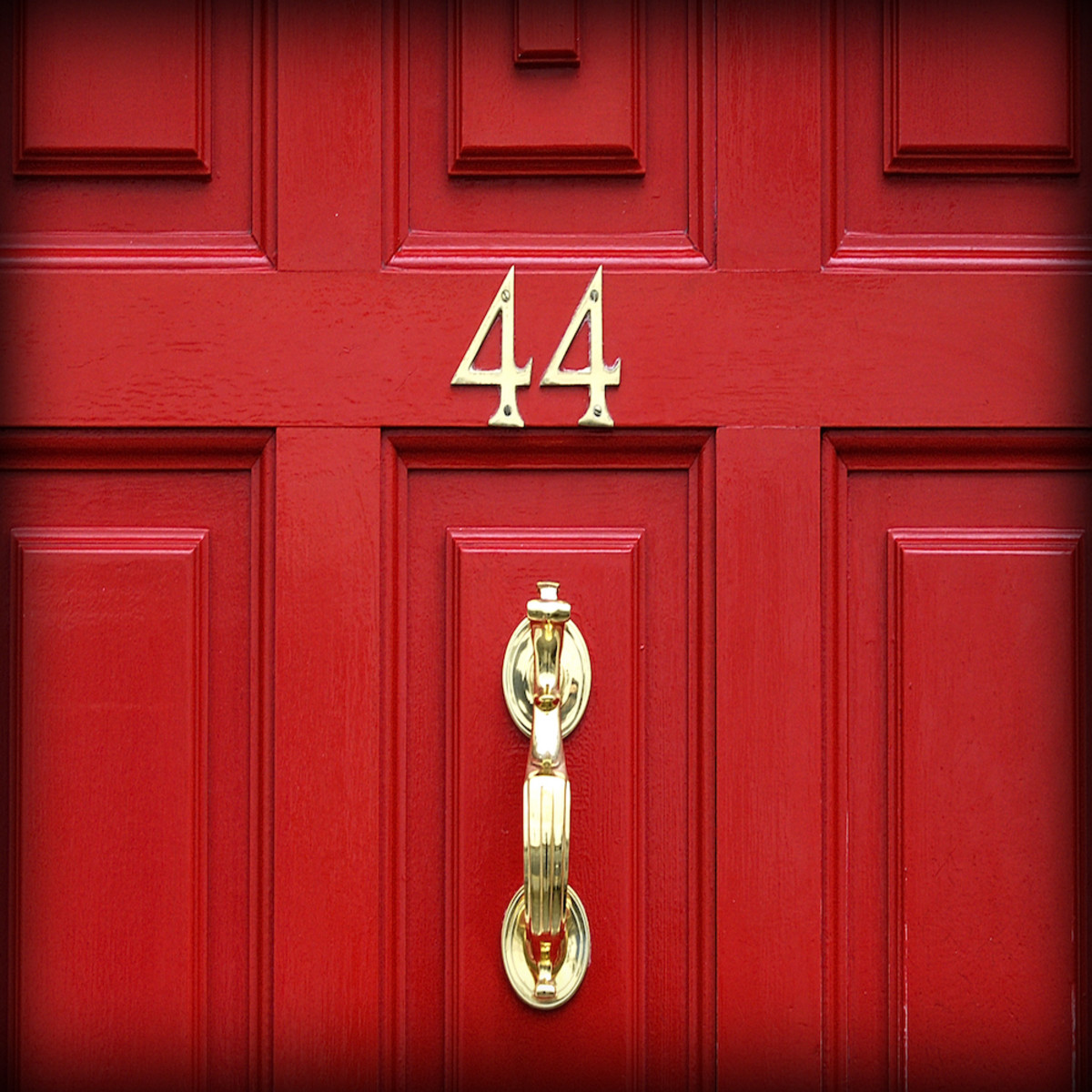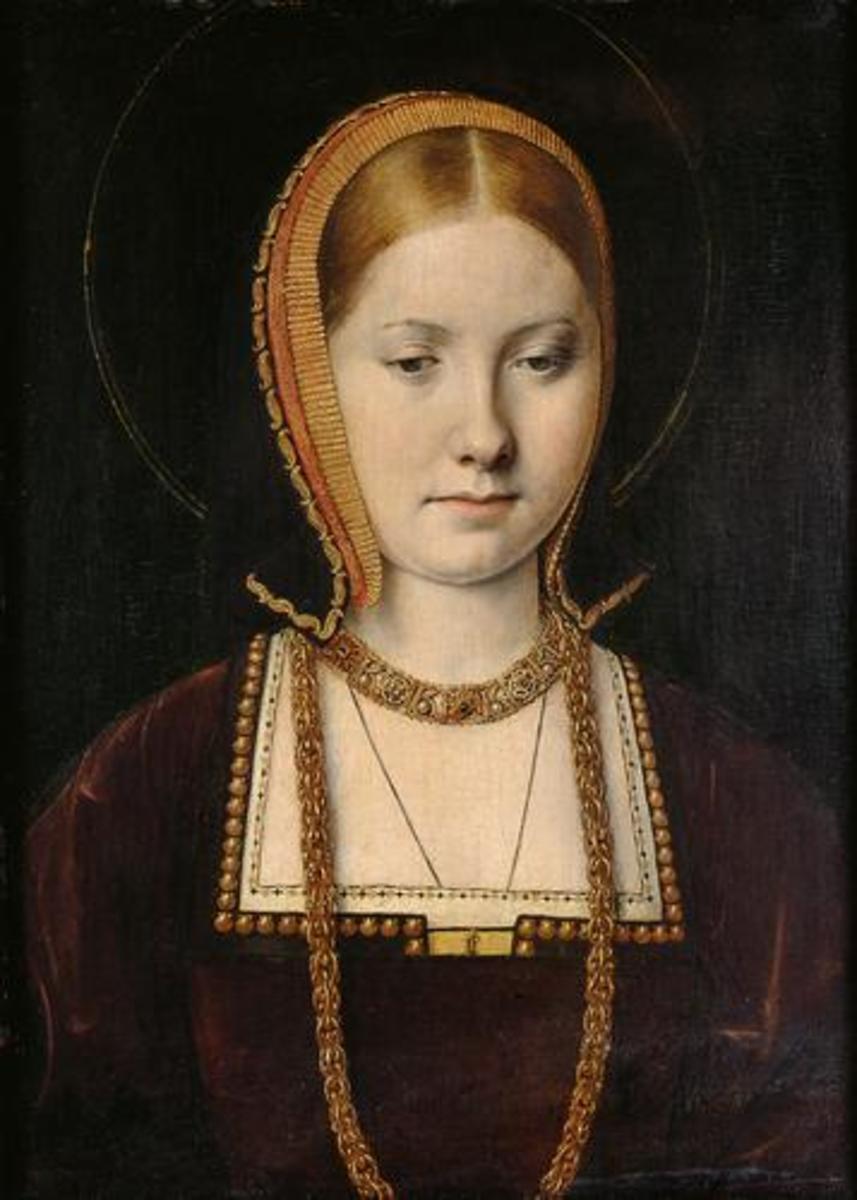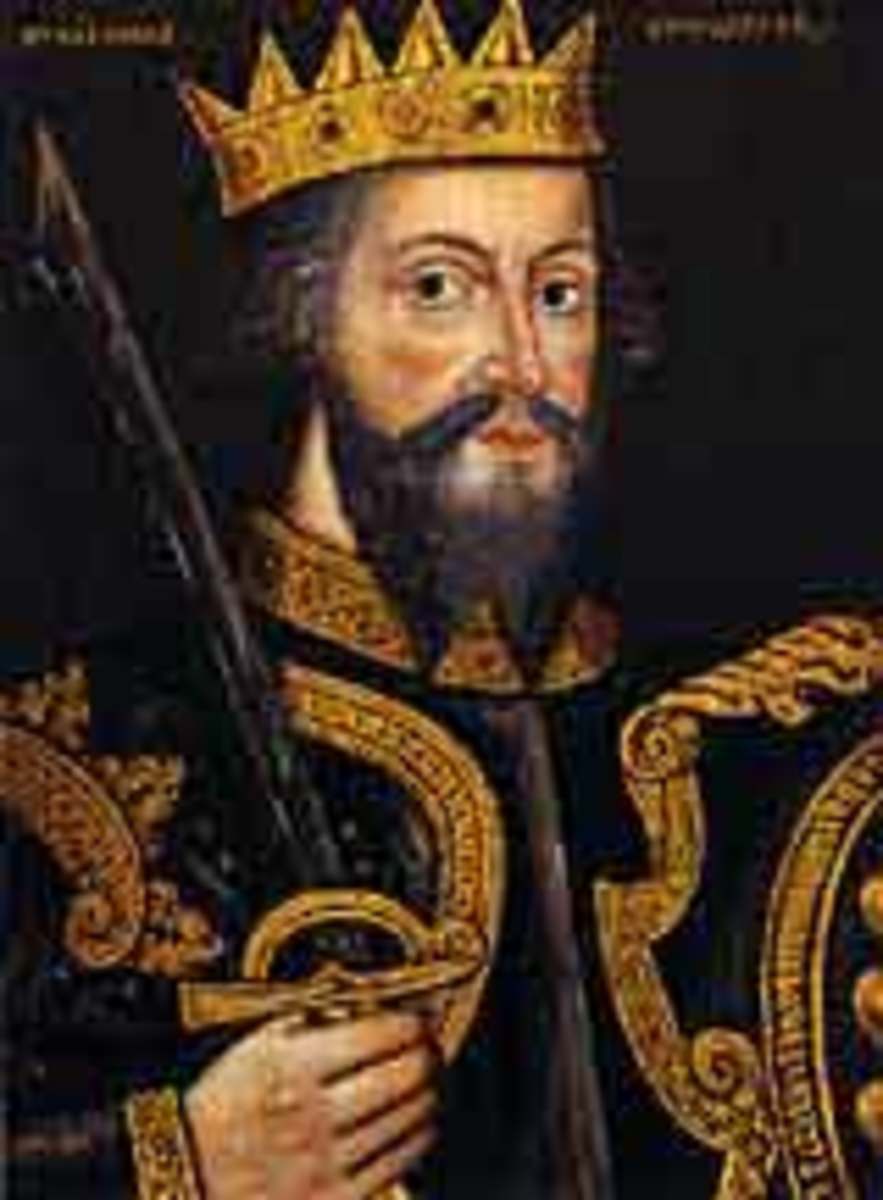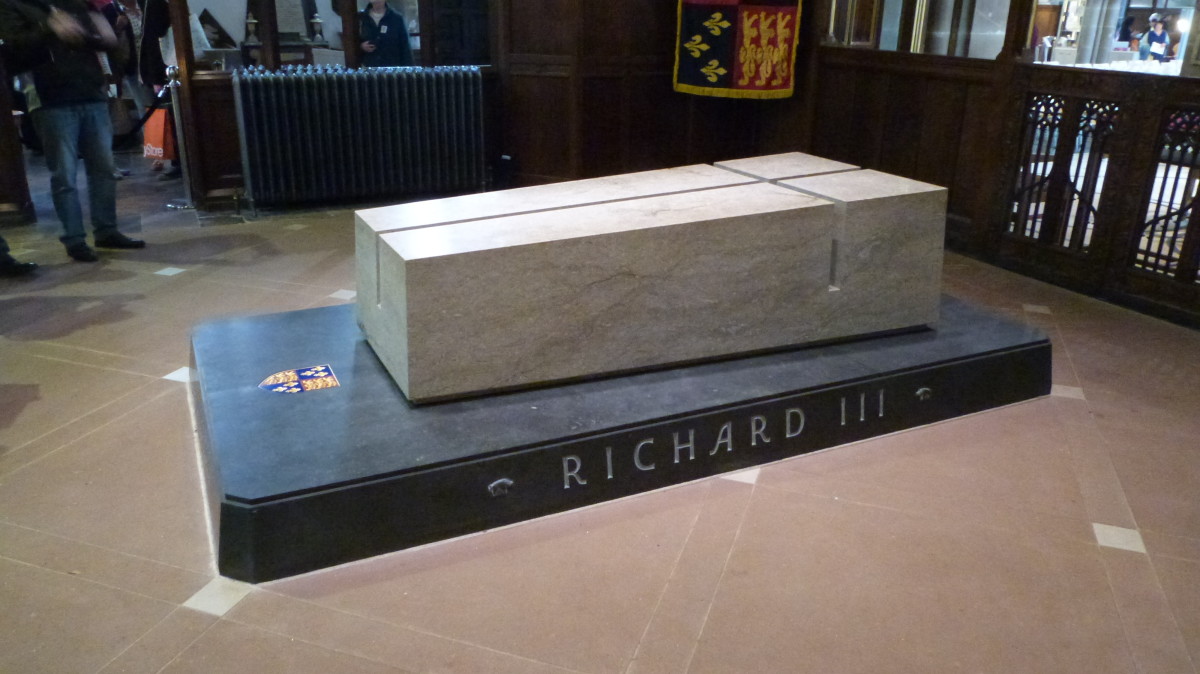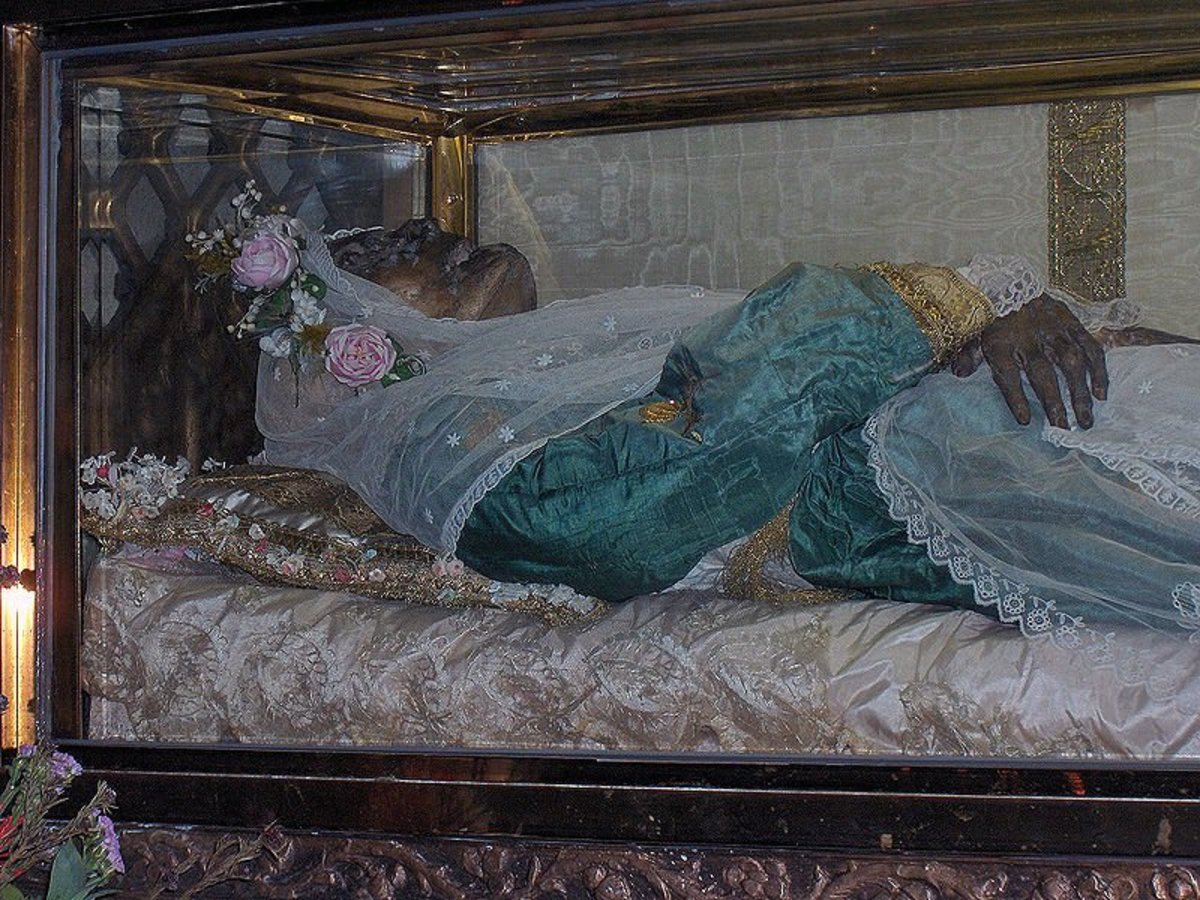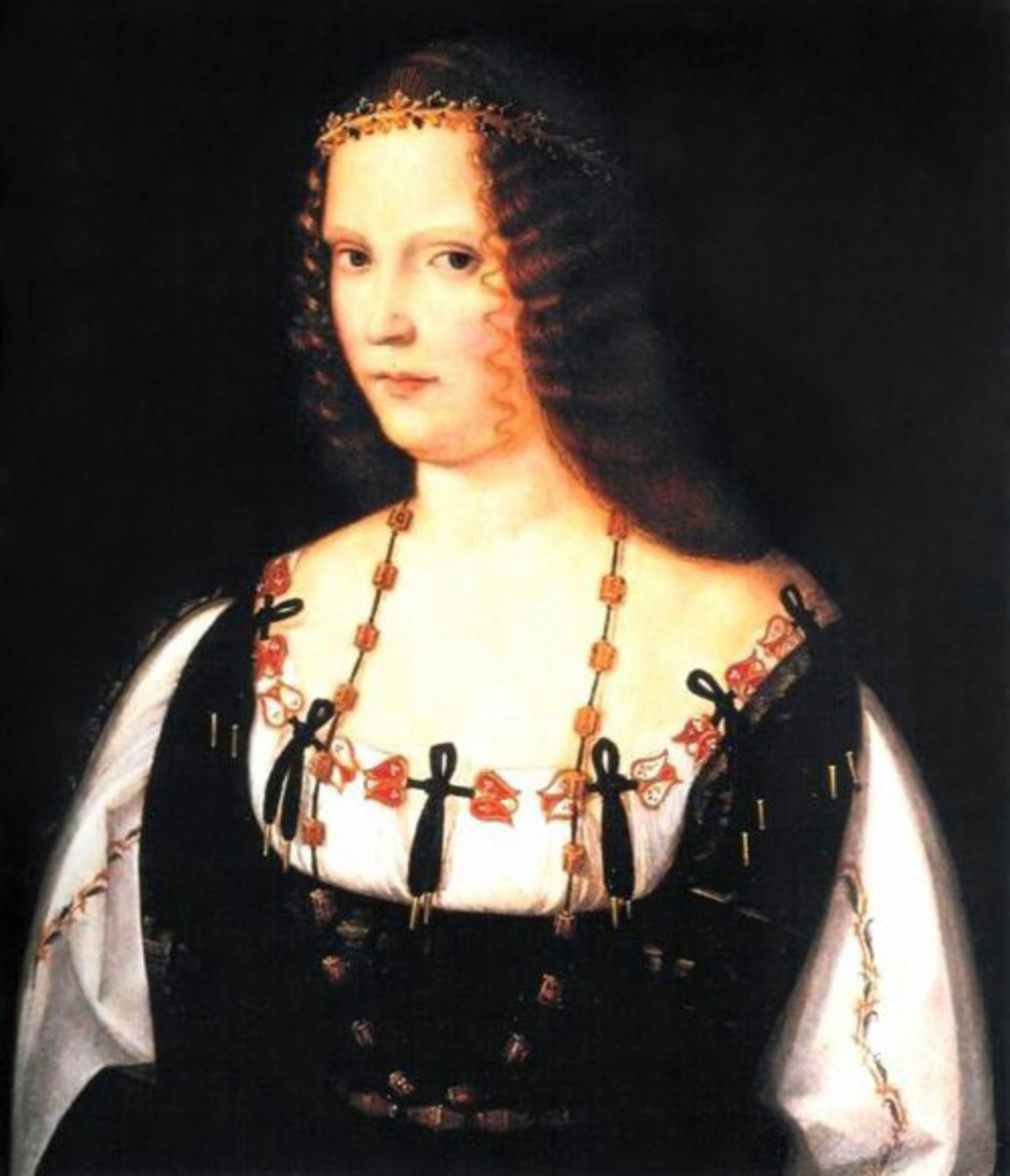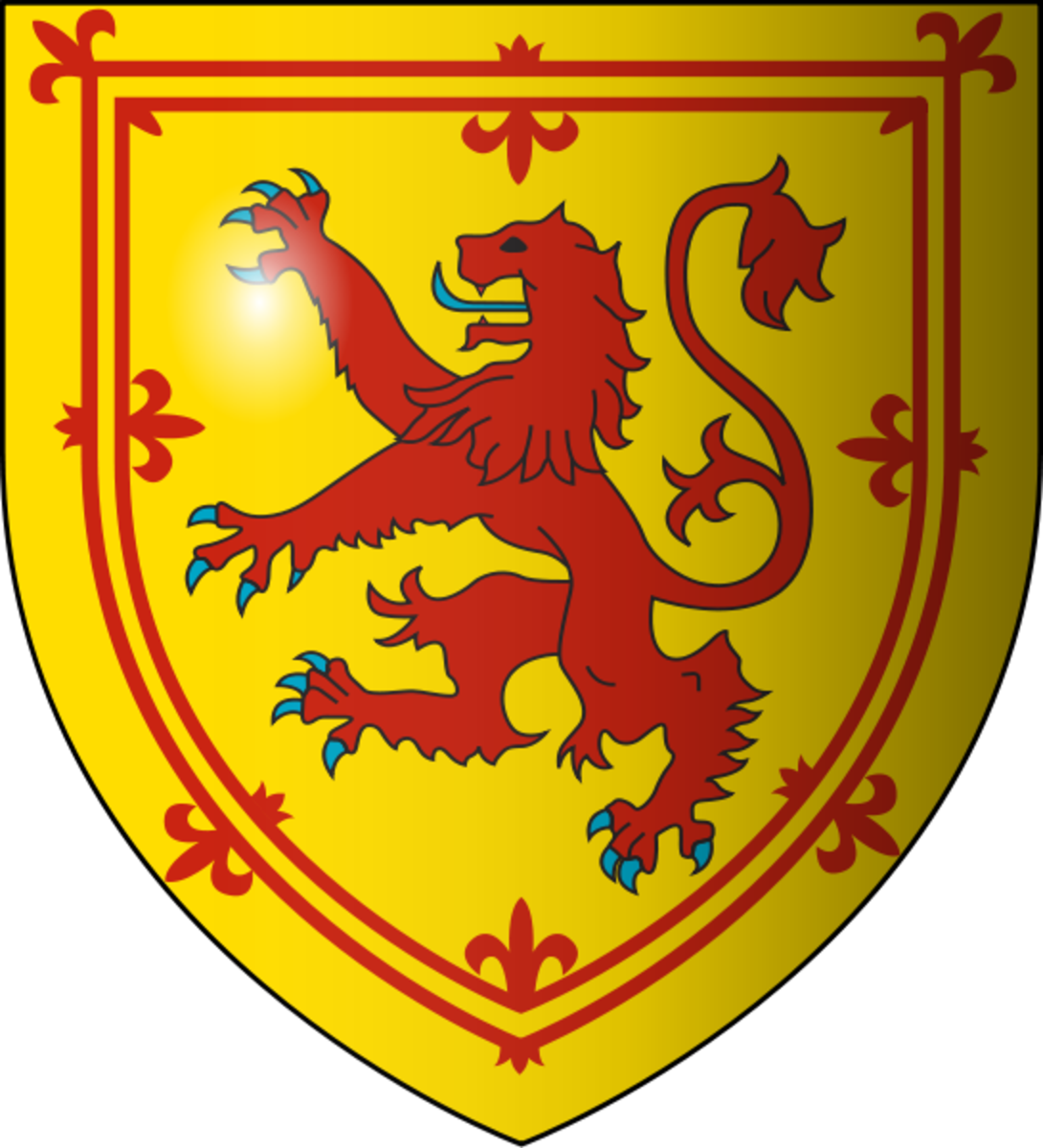Henry Plantagenet (History in a Nutshell No.16)
It is now the year 1154 and Henry Plantagenet is King Henry II. Almost as soon as Henry's reign began, he quickly set about bringing an end to the ancient Norman feudal system which the French barons had promulgated for so long, and thus Henry brought about more central control over the nation directly from the king himself and his court. He created a central government which took the power out of the hands of the feudal barons which led to stability.
This had a unifying effect on the country and meant that everyone was answerable to the king and the governing laws of the land. Barons, with their private armies could no longer do as they pleased. Under King Stephen's rule, prior to Henry, the country had experienced almost continual anarchy and uprisings due to the long leash that the barons had been given, and which they had misused. Henry brought this unhappy state of affairs to an end.
Not only did the new king rule over the small nation of England but he was also king of Normandy, a kingdom which extended as far as the Pyrenees. In effect, it was a small Empire, and perhaps a foreshadowing of what would, centuries later become the British Empire.

Conflict of Church and State
Whilst kings were coming and going upon the throne of England, the power and wealth of the Roman Catholic Church in England had been growing enormously. Such wealth brought the Church and State into direct conflict, because money, as much in the Twelfth Century as nowadays, means power, and two powers cannot control the affairs of one country without coming into confrontation.
King Henry had elevated his friend, a mere clerk, Thomas á Becket (sometimes just known as Thomas Becket without the French accent) to the high status of Archbishop of Canterbury. His motive behind this may well have been to gain more control over the Church if his loyal friend was in charge of the organisation which Henry wished to curtail.
But Thomas Becket was not to be persuaded to do the king's bidding, as he considered that his first loyalty was in fact to the Church of Rome rather than to the State. But Henry demanded that Becket restrict the free rein of the Church, thus reducing its powers. Thomas Becket would have none of it and ended up fleeing the country for a period of time. However, he returned after being exiled for six years and the conflict between him and his Royal master renewed once more. Becket was determined to keep the Church free of control by the Crown and King Henry was moved to anger.
Thomas Becket the Martyr
It is the year 1170 on the 29th December. Things have finally come to a head. Thomas Becket became such a thorn in the flesh of the king that the king angrily exclaimed in the presence of his knights that he wanted rid of the man. Hearing these words, (whether the king said them intentionally or just spoke in anger is open to conjecture) four of these knights left immediately for Canterbury where they murdered Thomas Becket whilst he prayed at the altar in the Cathedral. They cut him down brutally with their swords, cutting off part of the top of Becket's head, so that the brains spilled out. They even kicked and scattered the brains over the stone Cathedral floor, with one of them declaring "Let us away, knights; this fellow will arise no more."

We know these details because a monk, hiding nearby in the dark shadows of the Cathedral, witnessed the whole event. We also know that the king was in great grief after the death of his one time friend. He did continual penance for it at the Archbishop's tomb which became a Holy shrine right up until the days of Henry VIII with the Dissolution of the Monasteries and the end of Catholicism as the spiritual power in England. But that remains yet to come in this series.
Shrines were set up all over the country and in foreign lands also, in remembrance of the murdered Archbishop, and churches and cathedrals were dedicated to his memory. Becket was made a saint. Henry allowed himself to be scourged with cords and birchwood by bishops, friars and monks alike, and certainly it seemed that he had genuine repentance for the words he'd uttered which had caused the death of his one-time friend and close companion.

Henry's Rebellious Sons
It seemed thereafter that the sorrows of the king never ended. King Henry had four sons, namely, Henry, Richard, Jeffrey and John and they schemed against their father, the king. He had given them many honours but what they really wanted was power. These sons rebelled against him no less than three times. In the year 1188 his son Richard united with King Philip of France in war against Henry. Henry was now ill and did not last much longer. It is said that the grief that his sons caused him was too much for him to bear, and that he despaired of them, dying of grief and exhaustion.
Henry II died on 6th July 1189. Apparently, he died penniless and in poverty, despite holding the crown of the nation. The Church claimed that both his penury and his grief-ridden death was punishment from God for the murder of the Sainted Thomas Becket.
Henry, son of the king, had died, and it was Richard who now succeeded to his father's crown. He would become known as Richard the Lion Heart and would spend most of his time fighting abroad in the Crusades. His story and more, comes next in our tale.
Historical Sources:
Recording: This Sceptred Isle by Christopher Lee for the BBC Radio Collection
Book: A Shortened History of England by George Macaulay Trevelyan, O.M.
Booklet: Britain's Kings and Queens A Pitkin Pictorial Guide and Souvenir
© 2020 S P Austen

